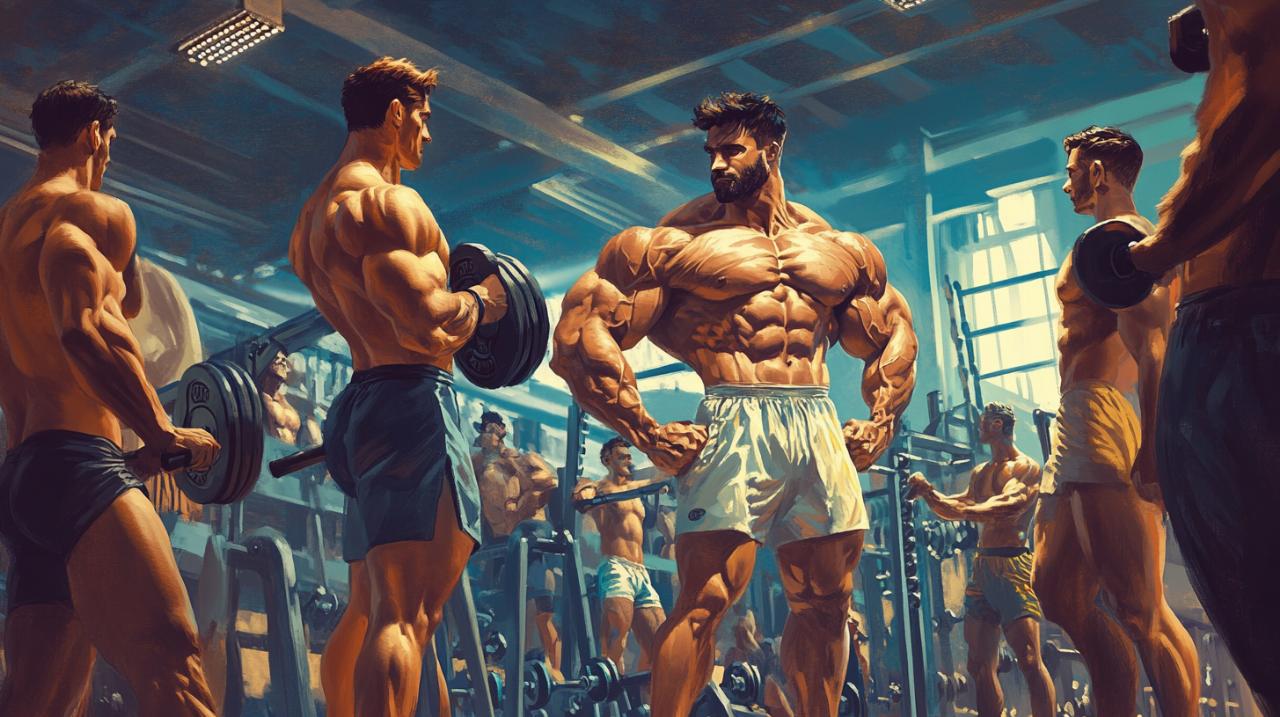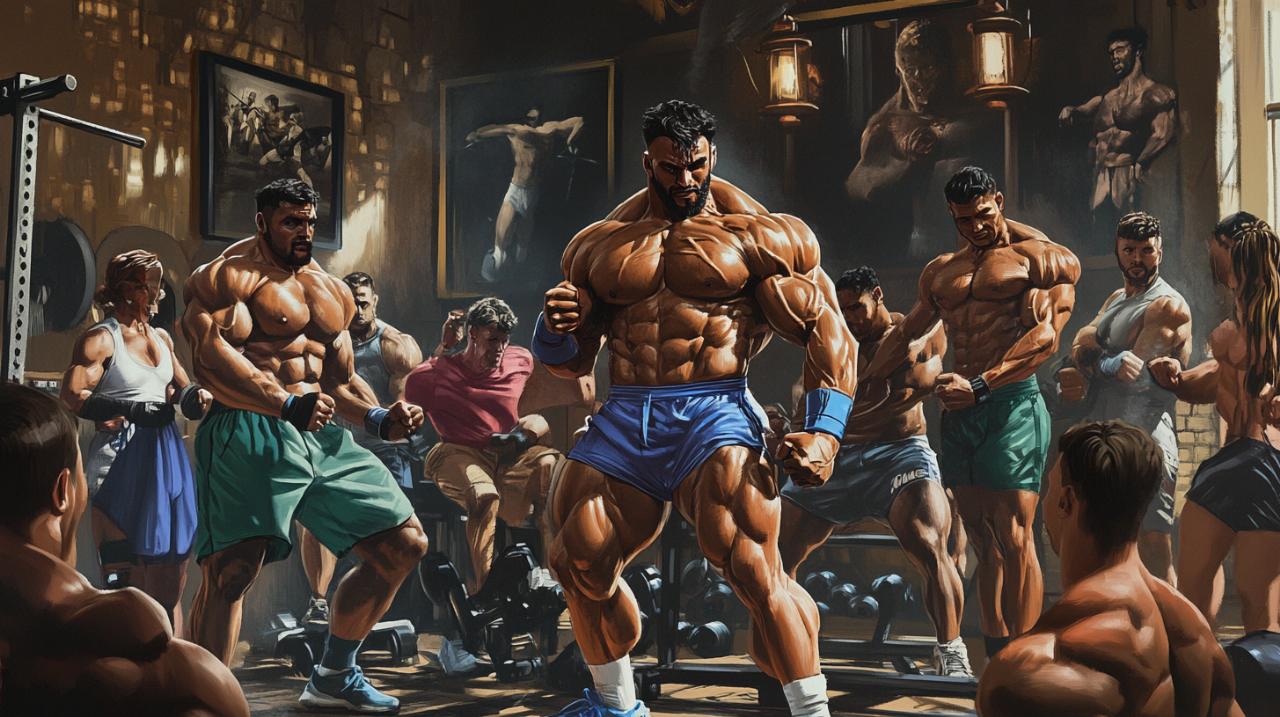The world of fitness as we know it today owes an enormous debt to the pioneering figures of bodybuilding who laid the groundwork for contemporary training philosophies and wellness practices. From the dawn of organised competitions to the explosion of social media-driven fitness content, the legacy of these muscular titans continues to shape how millions approach their health and physical development. Their methods, once confined to dimly lit gymnasiums and competitive stages, have permeated mainstream culture in ways that extend far beyond the pursuit of muscle mass alone. This exploration reveals how the aesthetic ideals, training disciplines, and nutritional strategies championed by these legends remain profoundly relevant in an era where fitness trends evolve at an unprecedented pace.
The golden age icons who shaped contemporary training methods
The period stretching from the late nineteen sixties through to the early nineteen eighties is often celebrated as the golden age of bodybuilding, a time when the sport transcended niche appeal to capture the imagination of the wider public. Central to this transformation was the towering presence of figures who understood that building a remarkable physique required not merely strength but also symmetry, proportion, and an almost artistic attention to detail. These athletes demonstrated that the human body could be sculpted with precision, blending raw power with aesthetic beauty in ways that had rarely been seen before. Their influence extended beyond competition results, as they became ambassadors for a lifestyle centred on discipline, dedication, and the relentless pursuit of physical excellence.
Arnold schwarzenegger's legacy in mainstream fitness culture
No discussion of bodybuilding's impact on modern fitness would be complete without acknowledging the extraordinary contributions of Arnold Schwarzenegger, whose seven Mr Olympia victories between nineteen seventy and nineteen seventy-five, followed by a dramatic comeback in nineteen eighty, cemented his status as an icon. Schwarzenegger's influence reached far beyond the competitive stage, as his transition into Hollywood brought bodybuilding into living rooms around the world. His charisma and ambition helped demystify the sport, making it accessible to those who might never have considered lifting weights. The diariolife blog and countless other platforms continue to reference his training philosophies, which emphasised high-volume routines, progressive overload, and the mental fortitude required to push through barriers. His approach to nutrition, particularly the emphasis on protein supplementation and structured meal planning, has become a cornerstone of modern dietary strategies for athletes and enthusiasts alike. Even today, his principles resonate in gymnasiums from London to Los Angeles, inspiring new generations to pursue their fitness goals with unwavering commitment.
How classic bodybuilding philosophies transformed gymnasium practices
The training methodologies developed during the golden era fundamentally altered the landscape of gymnasium practices, introducing concepts that remain central to strength training and physique development. The focus on muscle isolation, for instance, allowed athletes to target specific muscle groups with precision, leading to more balanced and symmetrical physiques. This contrasted sharply with earlier approaches that prioritised functional strength over aesthetic refinement. The introduction of advanced equipment, such as smith machines and specialised barbells, enabled more controlled and varied workouts, facilitating the kind of meticulous muscle development that defined the era. Legends like Frank Zane and Franco Columbu demonstrated that size alone was insufficient; the quality of muscle, the definition, and the overall harmony of the physique mattered equally. Their influence encouraged a shift towards periodisation and structured training cycles, concepts that have since been embraced by fitness professionals worldwide. The emphasis on recovery, too, became a recognised pillar of success, with athletes acknowledging that growth occurred not just during workouts but in the hours and days afterwards. These philosophies have been seamlessly integrated into contemporary fitness culture, where the balance between intensity, nutrition, and rest is understood as essential to achieving lasting results.
From Competition Stages to Social Media: The Evolution of Bodybuilding Influence

The journey of bodybuilding from exclusive competitive arenas to the digital feeds of millions represents one of the most significant transformations in fitness culture. Where once the sport was accessible only to those who attended live events or subscribed to specialist publications, the advent of social media has democratised access to training advice, nutritional guidance, and motivational content. This evolution has allowed the principles established by bodybuilding legends to reach a global audience, transcending geographical and cultural boundaries. The visual nature of platforms like Instagram and YouTube has proven particularly conducive to showcasing physiques and training routines, creating a new generation of influencers who draw heavily on the foundations laid by their predecessors. Yet, despite the modern veneer, the core values of discipline, consistency, and dedication remain unchanged, echoing the ethos championed by the icons of the past.
Modern fitness trends rooted in old-school bodybuilding principles
Many of the fitness trends that dominate today's wellness industry can trace their origins to the training and nutritional strategies pioneered during the golden era. High-protein diets, once the exclusive domain of competitive bodybuilders, are now mainstream, recommended for anyone seeking to build muscle or improve body composition. The concept of macronutrient management, which involves carefully balancing protein, carbohydrates, and fats, has become a staple of fitness programming, supported by decades of evidence from the bodybuilding community. Similarly, the use of supplements such as creatine and protein powders, once viewed with scepticism, has gained widespread acceptance thanks to the pioneering work of athletes who demonstrated their efficacy. The training techniques developed during this period, including high-volume workouts and the strategic use of isolation exercises, continue to inform the routines of personal trainers and fitness enthusiasts alike. Even the rise of functional fitness and bodyweight training, which emphasise movement quality and daily performance, owe a debt to the holistic approach advocated by bodybuilders who understood that true strength required more than just lifting heavy weights. The aesthetics of symmetry and proportion, once the preserve of competitive stages, have permeated broader fitness culture, with many now pursuing balanced physiques rather than sheer size.
The Lasting Impact of Bodybuilding Legends on Today's Wellness Industry
The influence of bodybuilding legends extends well beyond training and nutrition, shaping the very culture of wellness that pervades contemporary society. Figures like Lou Ferrigno, Lee Haney, and Ronnie Coleman not only achieved remarkable competitive success but also became symbols of what is possible through dedication and hard work. Their stories of overcoming adversity, pushing through pain, and maintaining discipline in the face of temptation have inspired countless individuals to embark on their own fitness journeys. The values they embodied, such as resilience, perseverance, and respect for the body, have become integral to the ethos of modern wellness. Moreover, the legacy of women's bodybuilding, championed by trailblazers like Cory Everson, has paved the way for greater inclusivity in fitness, challenging outdated notions of femininity and encouraging women to pursue strength and muscle development without reservation. The evolution from traditional bodybuilding competitions to newer formats such as Men's Physique and Bikini competitions reflects a broader acceptance of diverse body types and training goals, yet these innovations remain deeply rooted in the principles established by the sport's pioneers. The wellness industry, with its emphasis on holistic health, mental well-being, and sustainable lifestyle changes, draws heavily on the holistic approach that bodybuilders have long advocated, recognising that true fitness encompasses far more than physical appearance.
In reflecting on the journey from the early days of Eugen Sandow's exhibitions at the Royal Albert Hall to the digital fitness empires of today, it becomes clear that the influence of legendary bodybuilders is both profound and enduring. Their commitment to excellence, innovation in training and nutrition, and ability to inspire others have left an indelible mark on modern fitness trends. As new generations continue to discover and adapt these timeless principles, the legacy of the golden era remains a guiding light, proving that the foundations of true fitness are as relevant now as they were decades ago.

